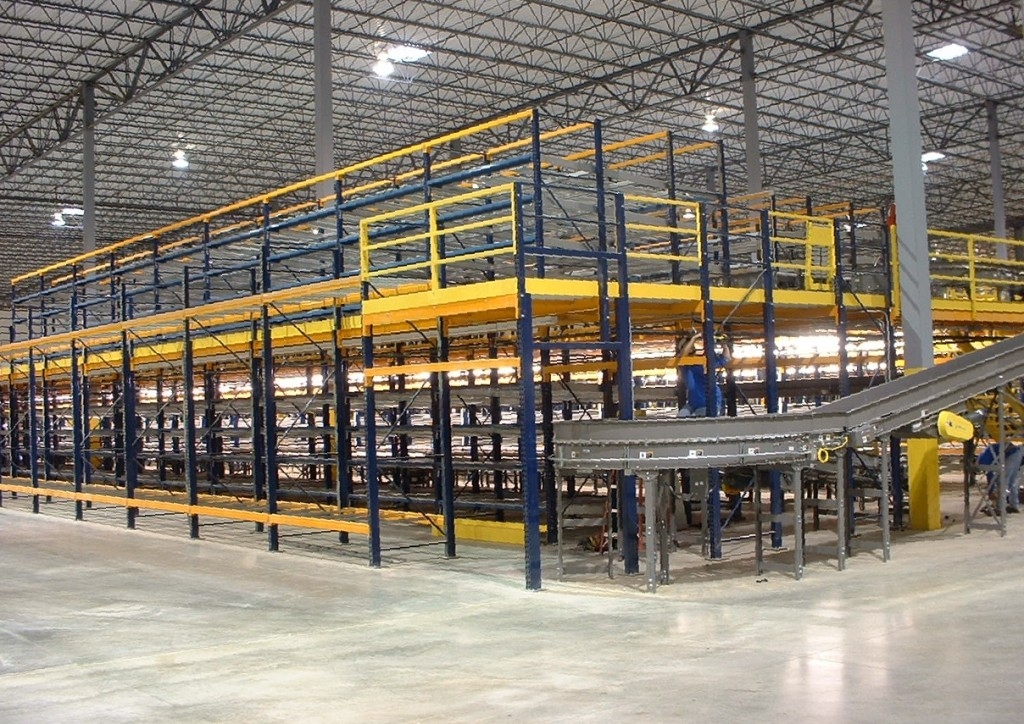Can you imagine spending to have your home remodeled without first understating what you want to achieve in the new space? Of course not. However, that’s precisely what many warehouse managers do when they fail to take the time to assess their material handling needs before selecting operation-appropriate pallet rack.
It’s true that enhancing your inventory management system is a profitable move that can significantly increase your warehouse’s efficiency and profitability.
Still, selecting the right storage application for your warehouse is critical to ensuring your materials flow process runs smoothly. As with most key pieces of equipment, may work for one organization or space may be totally wrong for another.
You already know the pallet rack should balance your material handling needs so start by taking a detailed look at your materials flow process.
Use these four questions to frame your inventory management system and help you select the best pallet rack for your operation.
What is your distribution order?
The two main methods of inventory valuation are “FIFO” (first in, first out) and “LIFO” (last in, last out).
If your company stores perishables like food, you likely operate on a FIFO basis. Considered the more profitable method, storage operations of this nature benefit from high storage density Pallet flow racks (or gravity flow racks).
For LIFO valuations and products that are held in storage for a long period of time, consider Push Back Pallet Racking Systems and configurations.
What are your order picking and placing practices?
Is your focus on high-density storage or tall elevated racks? Do your racks need to accommodate special equipment like forklifts, pallet jacks or conveyors? These will affect the aisle widths and rack dimensions.

Also assess your picking processes. For instance, if you pick partial loads or individual products the set up will look very different from a pick of full pallets?
What are your load parameters?
When it comes to rack safety, the weight of your pallets factor in a lot. Get clear on your upper limits and the average of each pallet load.
How much inventory volume and diversity do you have?
Make a detailed list of each pallet you need to store. Note if there are any identical products. Depending on the level of access you need to each pallet or product, certain systems will lend themselves better than others.
The responses to these issues will conclude what type of pallet rack system you should utilize. The basic tradeoff is density vs. access: high-density systems can store a far greater number of pallets in a given space, but some (or most) pallets are not instantaneously reachable. Low-density systems can hold less because they dedicate more space to aisles, but they allow you to reach any pallet at any time.
Think you know what you need? Build a free quote! Get a quote now or browse our shelving selection to find industrial shelving that suits your needs.
